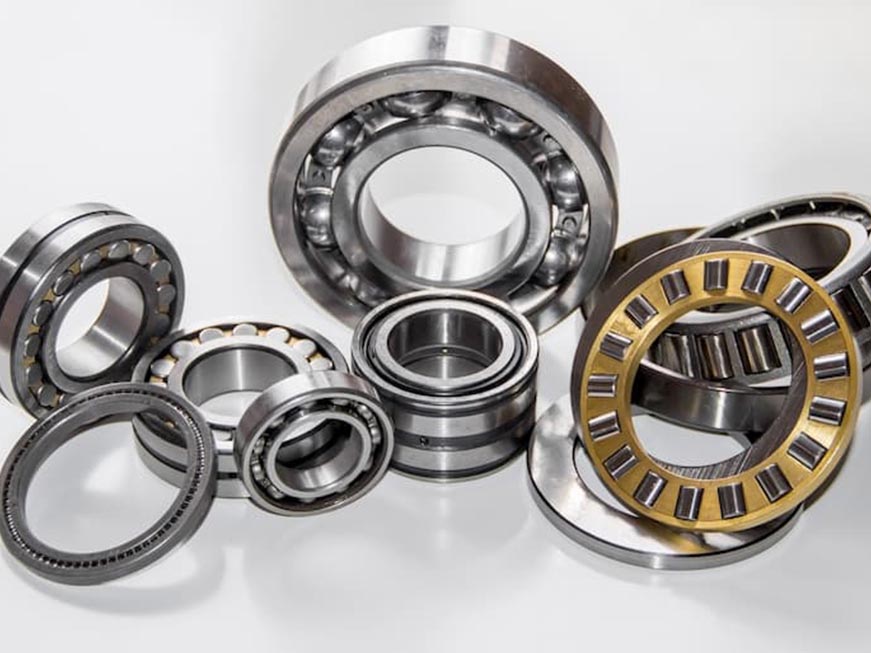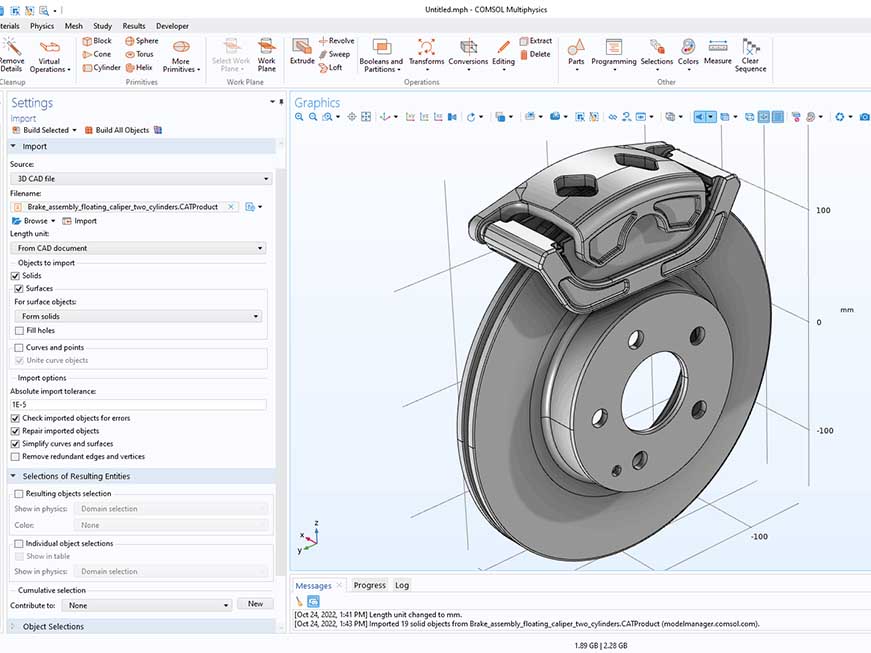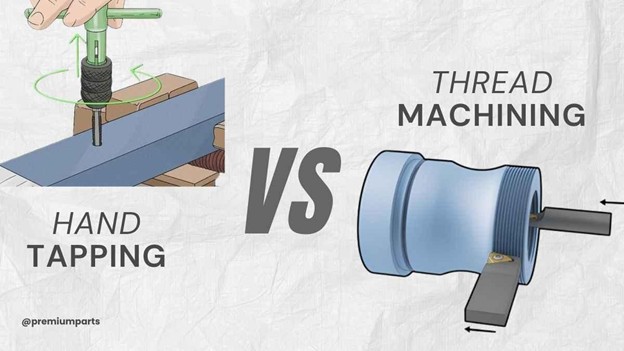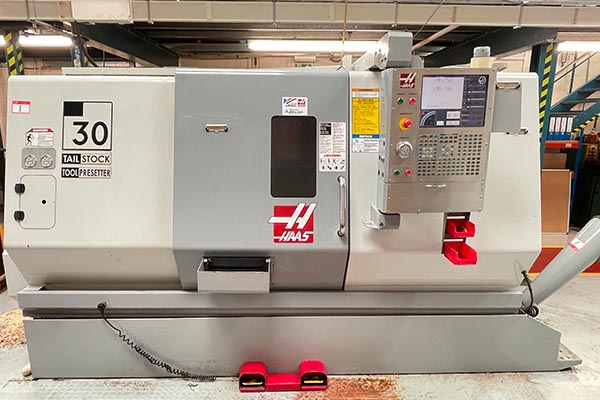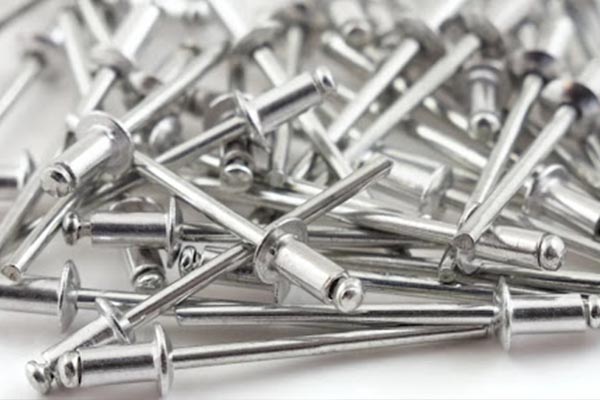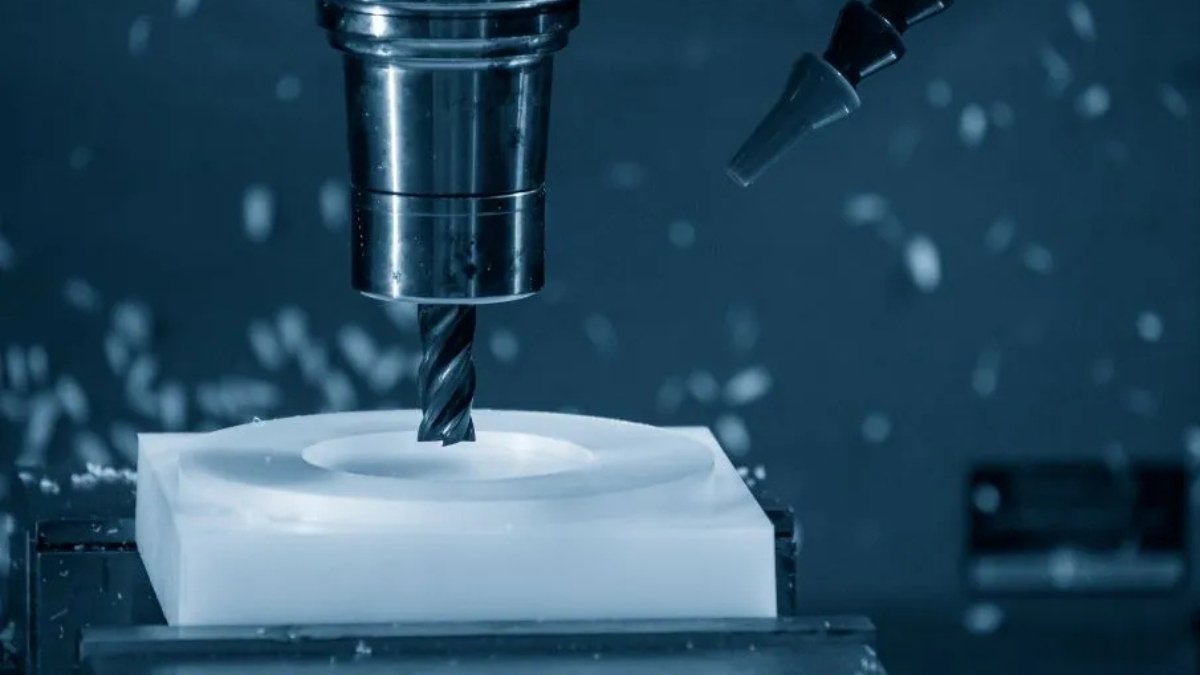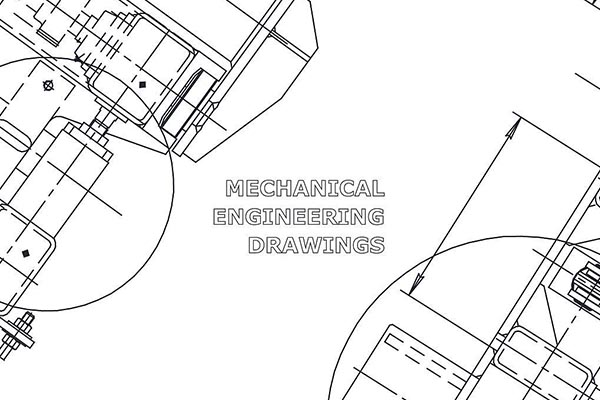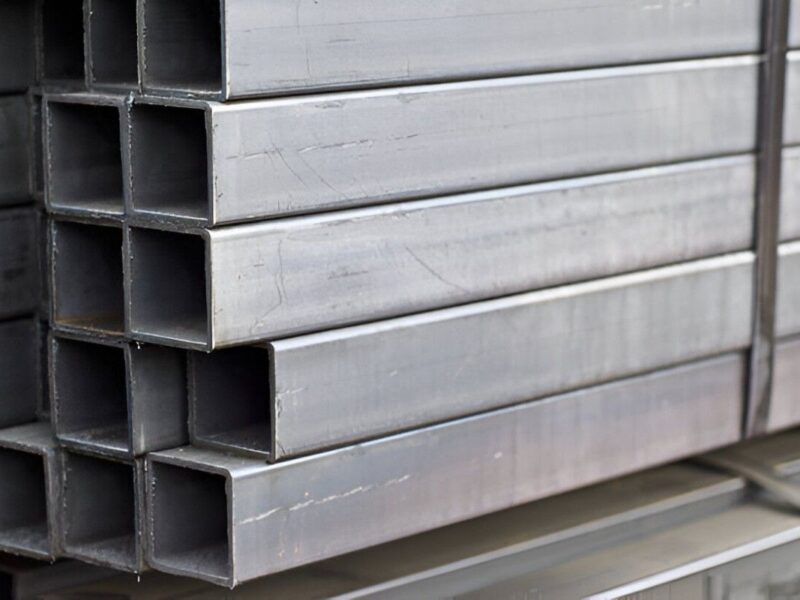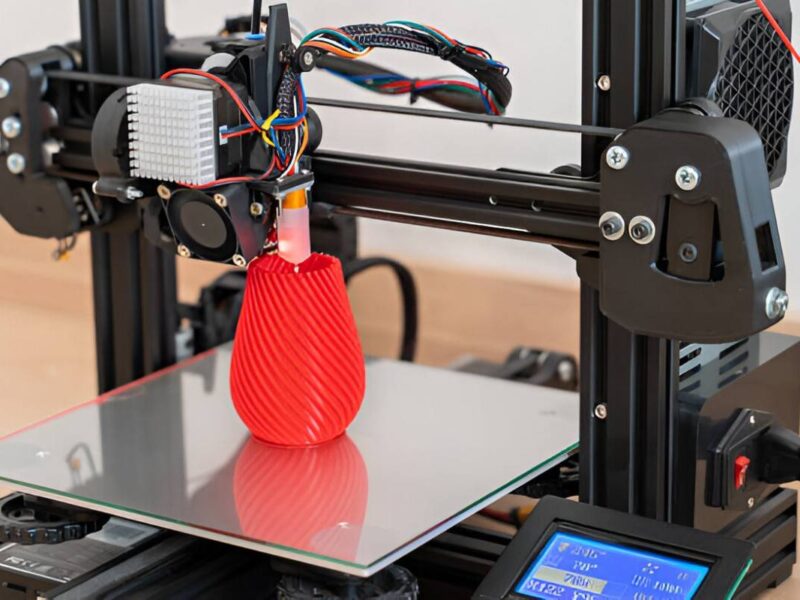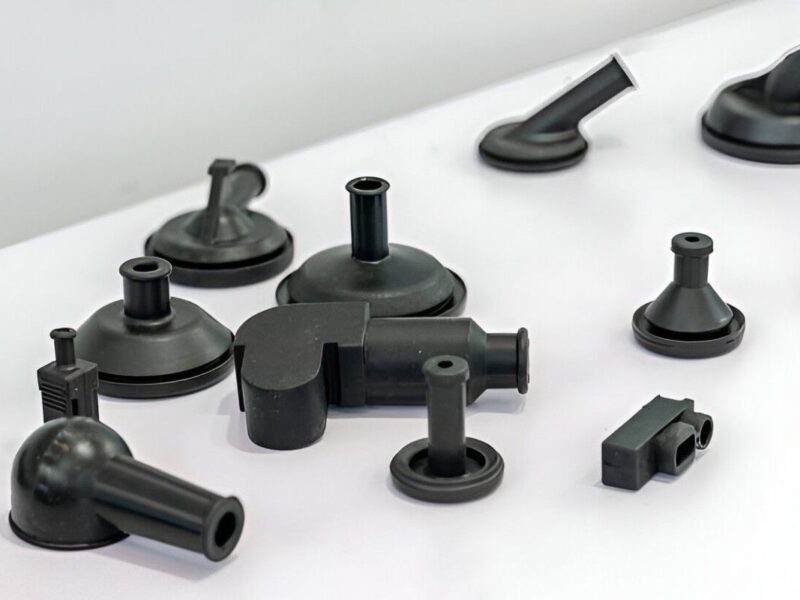Introduction
In the plastic to metalworking sectors, meeting tight tolerances remains a critical task. In many sectors, achieving consistent results, uniform surfaces is challenging to part performance and reliability. Plain milling offers a proven solution to these issues. It delivers precise, efficient flat surface machining across a wide range of applications.
Milling is a fundamental machining operation for achieving a desired flat surface. From crafting aerospace components to machining base blocks for automotive systems, plain milling achieves exact requirements and standards with uncompromising precision and efficiency.
At Premium Parts, we don’t just provide parts. In fact, we manufacture them with precision, close attention to detail, using advanced milling processes. If you are a technical decision-maker or an engineer in search of the right companion for bespoke fabrication of high-quality components, turn to this guide for useful insights.
What Is Plain Milling?
People also call plain milling slab milling. In this technique, the machine operator mounts a plain milling cutter into a spindle that turns parallel to the surface of the workpiece. The cutter advances axially and removes material on the workpiece surface. This provides a plane surface that is smooth and free of bumps.
Unlike face milling, where the cutter is perpendicular to the surface, in plain milling, the cutter rotates in line with the side edge (side-edge cutting) to remove a large area of flat surface. In addition to details, milling cutters are best suited for slot bases, level bases, and other geometrical primitives, and hence, they serves the purpose well.
Understanding the Plain Milling Process
Despite the ease the term ‘plain milling’ presents, it is not as straightforward as it requires attention during every step. Below is how the entire process goes:
Setup of the Machine
- A horizontal milling machine should be selected.
- Secure the workpiece on the table.
- Choose the appropriate cutter: slab or heavy-duty plain, depending on the material and desired surface finish.
Alignment of the Cutter
- The operator must align the cutter’s axis parallel to the work surface.
- The operator must align the cutter correctly to ensure each pass removes the same amount of material.
Alignment of Feed and Speed
- Operators should always optimize these parameters, like feed rate, cutting speed, and depth of cut, based on the material being worked on.
Machinery
- As the cutter turns, it gradually proceeds to the surface where the material is removed, as if shaving.
- When machining thick or hard materials, operators usually require more than one pass.
Types of Plain Milling Machines
| Machine Classification | Features |
| Horizontal Milling Machine | Most effective for slab/flat milling. Provides backing support and repeatable accuracy. |
| Vertical Milling Machine | Can perform plain milling; however, it is more oriented towards face and end milling. |
| Universal Milling Machine | Provides multi-axis movement. Good for straddle milling as well as angled cuts. |
Each machine type provides unique advantages that meet user needs. At Premium Parts, we account for milling limitations, complicated geometries, and close tolerance demands.
Each factor influences material choice, part design, and machining strategy. By addressing these early, we optimize for precision, reduce errors, and ensure efficient, high-quality production.
Tools Used In Plain Milling
The final surface that you will achieve will largely depend on the tool used.
Plain Milling Cutter
- Has a round shape
- Peripheral teeth are utilized
- Designed for expansive surfaces
Cuts of Heavy Duty Plain Milling
- More powerful
- Heavy-duty plain milling cutters allow operators to work more effectively with rougher materials.
- Best for aggressive or deep cuts.
Comparison with Other Types of Milling
| Milling Operation | Position of the Cutter | Most Effective At |
| Plain Milling | Flat surface Parallel | Basic forms and geometrical shapes. |
| Face Milling | Perpendicular | Finishing surfaces and large areas |
| End Milling | Vertical axis | Erosion of protruding contours, slots, and pockets |
| Straddle Milling | On an arbor with two cutters mounted | Serves multiple features on opposite faces simultaneously |
All of them have different applications. As an example, this milling is best in terms of speed and offers ease in basic shape forming.
Advantages of Plain Milling
Plain milling is still a great option for many businesses, and it is for many reasons. It does the job accurately for almost all types of materials and applications, ranging from low-cost prototyping to high-volume part production.
1. Speed and Efficiency
The widespread surface-level cutting performed by slab cutters is greater on speed and efficiency than other techniques. Cycle time is a key factor in staying competitive across industries. Moreover, slow surface machining limits efficiency and is rarely a viable option in high-demand production environments. For any niche, slab cutters are heaven-sent as they allow the roughening of broad, flat sections in no time.
2. Cost-Effectiveness
Milling services can be cost-effective, especially when producing parts in high volumes or working with simpler geometries. Factors such as the size of the component, material type, batch quantity, and minimal need for secondary operations all contribute to keeping the overall production costs relatively low.
It employs low-cost plain milling machines with standardized cutters, as opposed to special tooling, which is more expensive. Operators find plain milling setups less sophisticated and more affordable to maintain than complex geometric CNC centers. This economically appealing feature serves both small- and large-scale manufacturers.
3. High Dimensional Accuracy
When executed properly, plain milling succeeds in achieving outstanding accuracy as well as flatness. Planar surfaces allow operators to achieve tight tolerances. Therefore, many industries like aerospace and automotive trust this process for shaping foundational components.
4. Material Adaptability
Plain milling can reliably process metals, composites, and even engineering plastics. We often use this milling method for a wide range of materials. Common metals include aluminum, stainless steel, and carbon steel. It is also effective for plastics such as ABS. Additionally, it performs well on various composite materials, adapting tool and feed parameters as needed. Ease of Primary Tools and Setup
Routine maintenance of CNC integrative axes and their associated devices pales in comparison to the required upkeep for plain milling mechanisms. From one-cutters to stub-axis mounts, slow-moving units, and straightforward tool designs, plain milling needs less calibration maintenance. This augmentative refinement propels machine availability for multiple projects.
5. Range of Volume for Repetitive Work
With extraordinary ease, plain milling encompasses everything from singular prototypes to massive production runs. It provides great quality over sustained periods when bulk parts production is required. Premium Parts through automation and strategic toolpath design, accommodates reliable parts with consistent quality.
Disadvantages of Plain Milling
Despite the benefits, there are drawbacks of plain milling that clearly do exist. You must consider these drawbacks before choosing the method.
1. Poor Surface Quality
Unlike face milling or finishing operations, plain milling does not offer high-surface quality finishes for particular tasks. If you need more polish products, additional machining processes are required. This increases overall time and adds additional costs to the process.
2. Wear and Tear of Tools Cutters on Hard Materials
In the presence of hard and abrasive materials, using heavy-duty cutters tends to speed up tool wear. This not only increases the cost of replacing tools but also affects overall efficiency. If not monitored closely, it can lead to reduced surface quality and compromised precision in size control.
3. Limited to Basic Geometric Configuration
The primary use of plain milling is with flat and rectangular surfaces. It does not optimally facilitate the creation of internal features, intricate shapes, or pockets. End milling, multi-axis CNC machining, or other forms of machining are more suited for such tasks.
4. Increased Material Removal
In some instances, particularly with more aggressive cuts, unintentional over-rotation and material removal can occur. This overcutting creates excess waste, forcing operators to scrap or rework the part.
Industries That Rely On Plain Milling
As tolerances get tighter, industries need both precision and scale. Producing flat, accurate surfaces has become essential, especially in aerospace. This skill has helped some manufacturers stand out, earning trust for delivering critical parts that meet the high demands of aircraft engine performance.
Automobile
The automobile industry makes frequent use of plain milling for shaping cylinder blocks, baseplates, and transmission covers. These parts need to have a flat surface so that proper fitting is achieved. Furthermore, manufacturers often produce parts in bulk, so they benefit from the accuracy and speed that plain milling offers.
Aircraft
The aircraft industry requires exceptional quality and comprises strict quality measures. Designing airframe structures, mounting brackets, and wing panels is done through plain milling. Because each part is required to be a specific weight, along with a left-to-right accurate measurement. Besides, operators must meet specified tolerances with high precision. Engineers can use heavy alloys to improve designs. They also make sure the surface stays flat and smooth.
Electrical
For the electrical and electronics principles, computer-aided machines help to make use of it. Engineers use it to create various types of heat sinks, casings, and macroscopic facial structures bounded by straight edges. They require flatness and smooth touch surfaces.
Medical
Bone plates, implant components, and surgical frames are all produced using plain milling by medical device manufacturers. Manufacturers enforce strict standards to eliminate dimensional variations. Particularly, for components related to the human body, since these parts must meet biocompatibility requirements.
Plain Milling at Premium Parts
We don’t just mill parts, we manufacture them and uphold quality at every stage. Our advanced CNC offers:
- Capability for complex shape 3-, 4-, and 5-axis milling.
- Increased workflow efficiency with automated tool changer systems
- We use custom fixture designs to improve accuracy.
- We provide on-demand manufacturing with rapid lead times.
Our team uses both slab and straddle milling techniques as needed. We will review your objectives and create the most cost-effective machining plan.
Best Practices for Plain Milling
- Use the Correct Cutter: Make appropriate selections for the cutter based on the work material and length of the surface.
- Optimize Feed Rate: You must keep a balance between speed and feed rate.
- Control Heat: Supplying adequate coolant extends the tool’s lifespan.
- Secure Workpieces Firmly: Movement during machining leads to poor tolerance, disproportionate gaps between parts, and chatter marks.
- Inspect Routinely: Inspectors must verify that finished parts meet dimensional specifications after milling.
Tips For Engineers
To optimize success in contracting out part production, do the following:
- Provide Appropriate Computer-Aided Design (CAD) Files: Don’t forget to add the thread, tolerance, and flatness specifications.
- Indicate Required Type of Milling: State whether the requirement is for plain milling, end milling, or hybrid processes.
- Identify Critical Surfaces: Helps us put a focus on the most important areas that require finishing touches.
- Request a Design for Manufacturing (DFM) evaluation: This service is complimentary with us; don’t hesitate to flag problems in the design at an early stage.
- Inquire About Material Restrictions: Not all materials respond similarly during up milling and down milling processes.
Reasons Why You Should Choose Premium Parts Milling Services
- The running procedures of machining are laid out in ISO standards
- Get a quote immediately and help from our experts
- Minimum accuracy deviation is possible with full access to records
- From samples to mass production, we can do it all
- An entire engineering staff is available for consultation on how to make your Products
We do much more than supply parts; we guide you to achieve the realization of your vision.
Final Thoughts
Among the various types of machining processes, plain milling is one of the most efficient due to its high versatility. The setup is quite simple and convenient. Additionally, it saves you time, offers precise outcomes can be scaled for high production when you need a flat and uniform surface.
At Premium Parts, we hold our competencies with the latest technology to make parts that function as designed. When your project needs reliable construction, exceptionally tight tolerances, and unparalleled customer service, we stand ready to assist.
Reach out to us for a discussion related to your next milling project or ask for a complimentary estimate. Let’s collaborate to achieve precision.
FAQs
Q1: What distinguishes plain milling from face milling?
In plain milling, you use the face of the cutter, not the edges, like in other methods. While the latter is best for flat surfaces, face milling provides smoother finishes.
Q2: What materials can be groove milled?
Grove milling machines can be used for steel, aluminum, brass, titanium, and even some plastics.
Q3: Is slab milling the same as plain milling?
While both techniques are used interchangeably. When you use a side cutter on a flat surface, it’s called slab milling or plain milling.
Q4: When should I switch to straddle milling?
Straddle milling should be utilized anytime two surfaces need machining in parallel, simultaneously.
Q5: Do you specialize in milling services or offer complete part fabrication?
From CNC milling services to finishing, inspection, and delivery, Premium Parts stands apart in providing services.


